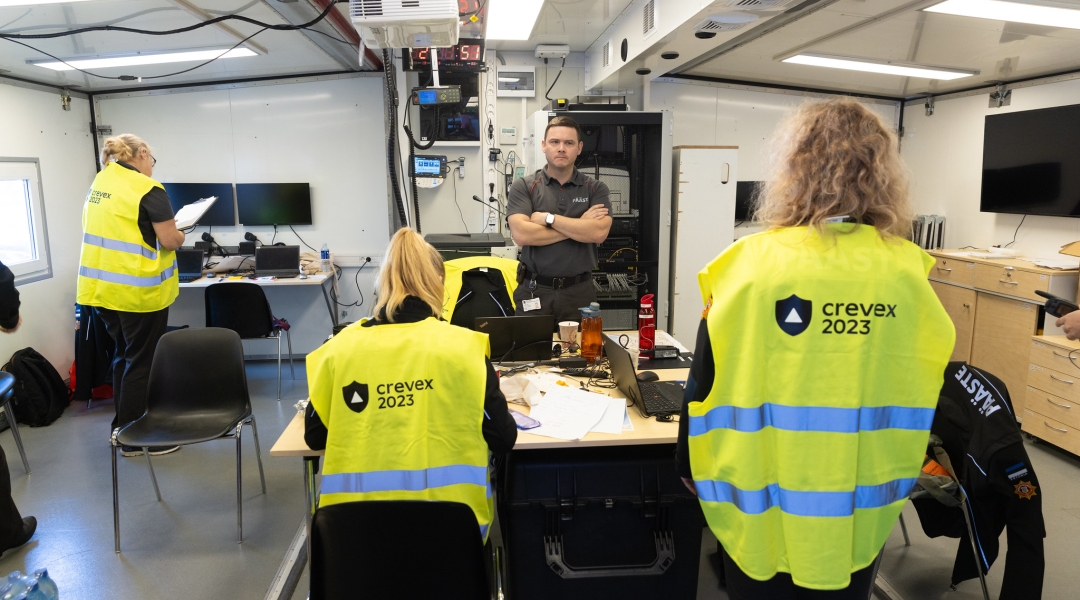“The objectives set for the exercise were for the most part met, and those who took part gained better situational awareness of carrying out evacuations, warning the population of threats, continuity of action and the bottlenecks between authorities,” Peterkop noted.
The Secretary of State says that in light of the outcomes of the exercise, all ministries and authorities will have to review the working procedures of the authorities and update their emergency response plans in 2024. In the year ahead the authorities involved will need to conduct repeat exercises to test how effectively they are able to resolve the bottlenecks identified in the course of CREVEX23.
Peterkop says that identifying potential bottlenecks is one of the key criteria in successful exercises so as to avoid such issues coming as a surprise to anyone in real crisis situations. “On the whole we can definitely say our level of preparedness to deal with the sort of crisis we focussed on in the exercise is very good,” he said.
The nationwide crisis and evacuation exercise CREVEX23 was conducted from 22 March-30 November, coordinated by the Government Office. It comprised a range of individual exercises focussing on situations which ministries, authorities and local governments wished to rehearse.
There were 36 such exercises in total: 13 roundtable exercises, 12 operations centre exercises, 10 field exercises and a crisis communication exercise organised in support of the main exercise conducted by the Rescue Board. Taking place in Harju County, the exercises involved almost 50 authorities and organisations and hundreds of volunteers. There were close to 3000 registered participants in total.
Civil defence and crisis preparedness have been thrown into sharp relief by Russia’s aggression in Ukraine, but people should also be prepared for other manmade and natural crises. This year, for the first time, the Government Office also published a national risk analysis on its website so as to help all members of Estonian society better understand the potential risks affecting our everyday lives for which individuals, communities, authorities and the state as a whole must prepare.
